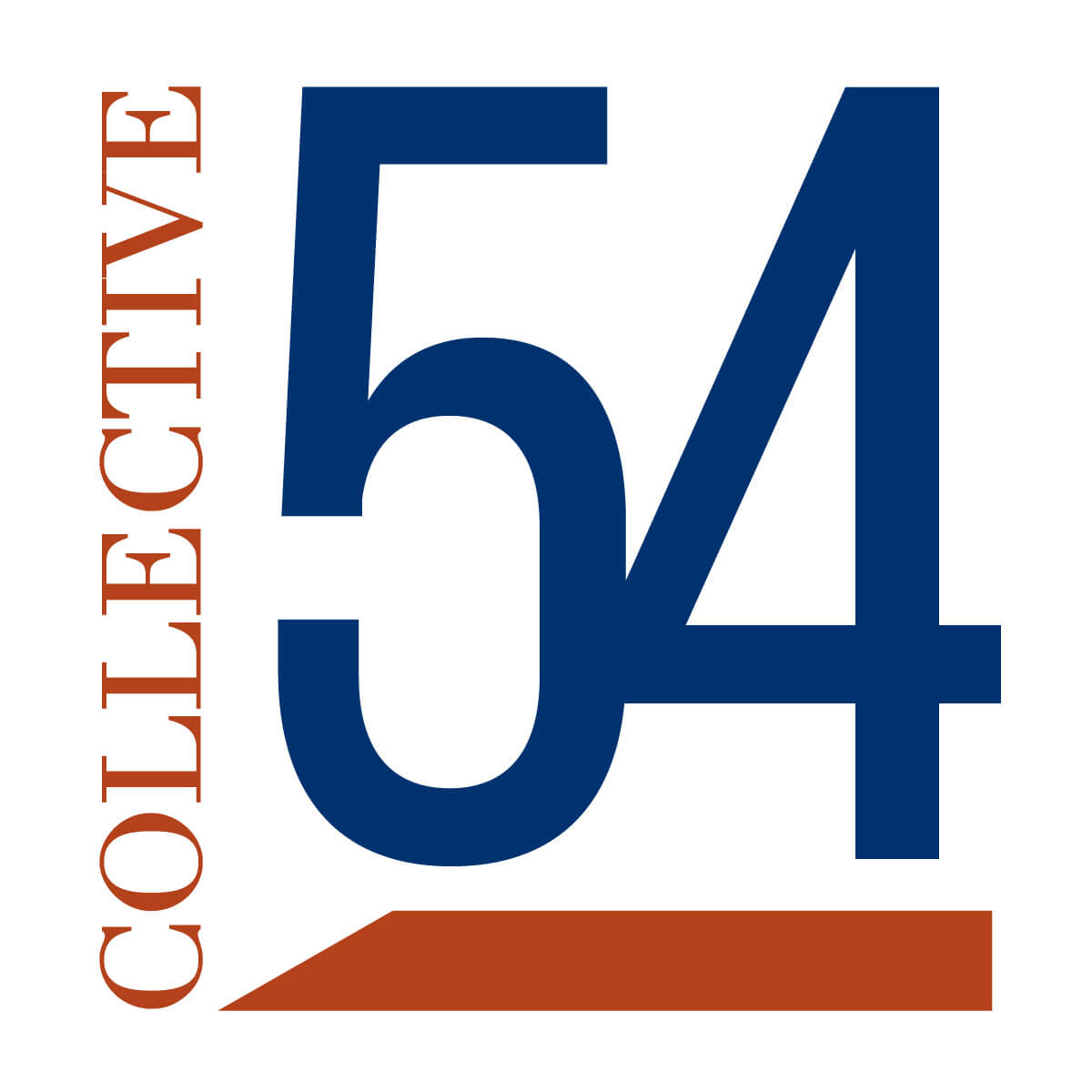Why Employee Turnover Can Be a Gift for Boutique Professional Service Firms
In the ever-evolving landscape of boutique professional service firms, the notion of employee turnover often comes shrouded in negative connotations. However, as a founder, it’s crucial to adopt a perspective that sees turnover not just as an inevitable part of the business cycle, but as a potential catalyst for growth and rejuvenation.


